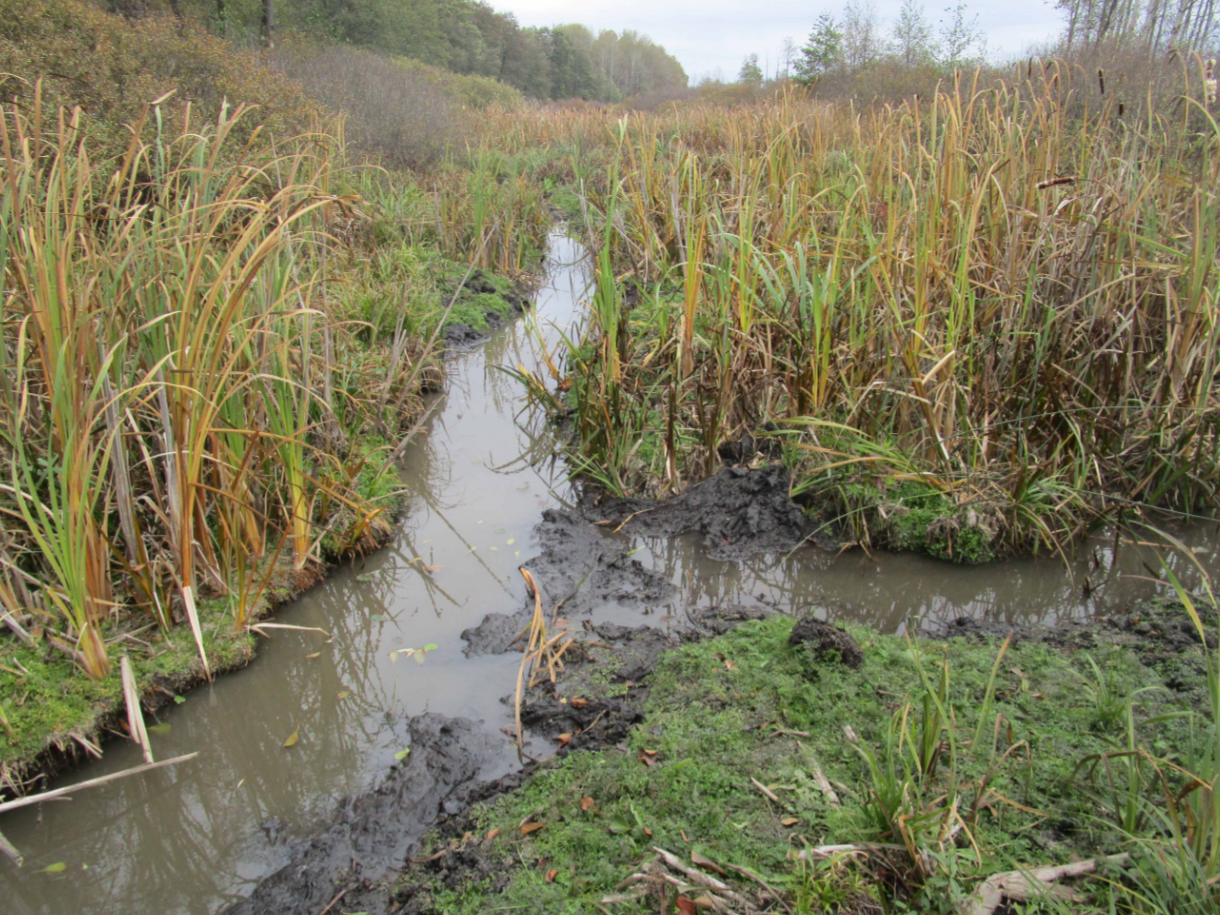
Beavers are called ecosystem engineers because they rebuild aquatic ecosystems and have a significant impact on many aquatic and near-aquatic organisms. Mostly, beavers are widely known for their ability to build dams and create ponds. However, their activity is mainly manifested in small streams, while beavers also live in lakes, small reservoirs, swamps, and large rivers, where they are almost never engaged in construction. But wherever they live, they always dig - holes to live in, and canals to move and carry branches and logs. It is the digging activity of beavers that is their main impact on nature, so it would be fairer to call beavers diggers rather than builders.

One of the main places where beavers live are floodplain reservoirs – numerous and very diverse water bodies that are filled with river waters during the flood. Now, due to global climate change, rivers have become less flooded, so many floodplain reservoirs do not receive water in the spring, and gradually dry up and become overgrown. This forces beavers to adapt to new conditions in order to preserve their habitats.

A group of researchers from the Severtsov Institute of Ecology and Evolution of the Russian Academy of Sciences, the Geography Department of the Lomonosov Moscow State University, and the Privolzhskaya Lesostepye Nature Reserve assessed the scale of the impact of beaver burrowing on floodplain water bodies. To do this, a map of all floodplain water bodies in the upper reaches of the Khoper River (within the Penza Region) was compiled, 36 of which were surveyed during field expeditions, and 46 remotely using GIS analysis. The study revealed a significant impact of beavers on small floodplain water bodies. Due to the appearance of numerous burrows and channels, the total area of water bodies increased by 40%, and the perimeter by 60%. Due to the burrowing activity of beavers, the coastline became more winding, which completely changed the structure of coastal habitats in 60% of water bodies.

Approximately a third of the reservoirs were significantly transformed by the activity of beavers, and every tenth reservoir existed exclusively within the canals dug by beavers, representing "beaver digs". If not for the activity of this animal, such reservoirs would dry up completely by the end of summer. At the same time, it was proven that the number and length of beaver holes and channels depended on the amplitude of changes in the area of reservoirs. The more the reservoir dried up, the more actively beavers dug there, trying to deepen and prolong its life, mitigating the negative effects of climate change.

Beaver canals and burrows serve as important habitats for aquatic organisms, they are used as homes and shelters, serve for movement between water bodies and convenient exit to land. Active burrowing activity prevents the capture of water bodies by semi-submerged plants, thus slowing down their overgrowing and subsequent drying. Changes in the bottom relief by beavers form a mosaic of habitats, which contributes to an increase in biodiversity. Unfortunately, if problems with spring floods continue, many water bodies will become unsuitable for beavers, no matter how hard they try to deepen them, and this will negatively affect the aquatic fauna and flora of the floodplains. However, the burrowing activity of beavers can become an example of possible nature-oriented strategies for the conservation and restoration of small floodplain water bodies.
The work was published in the journal Limnologica: Volume 109, November 2024, 126214 Ecosystem engineering at the regional scale—Beaver impact on floodplain pondscapes.
The study was carried out within the framework of the RSF project 23-24-00018.
